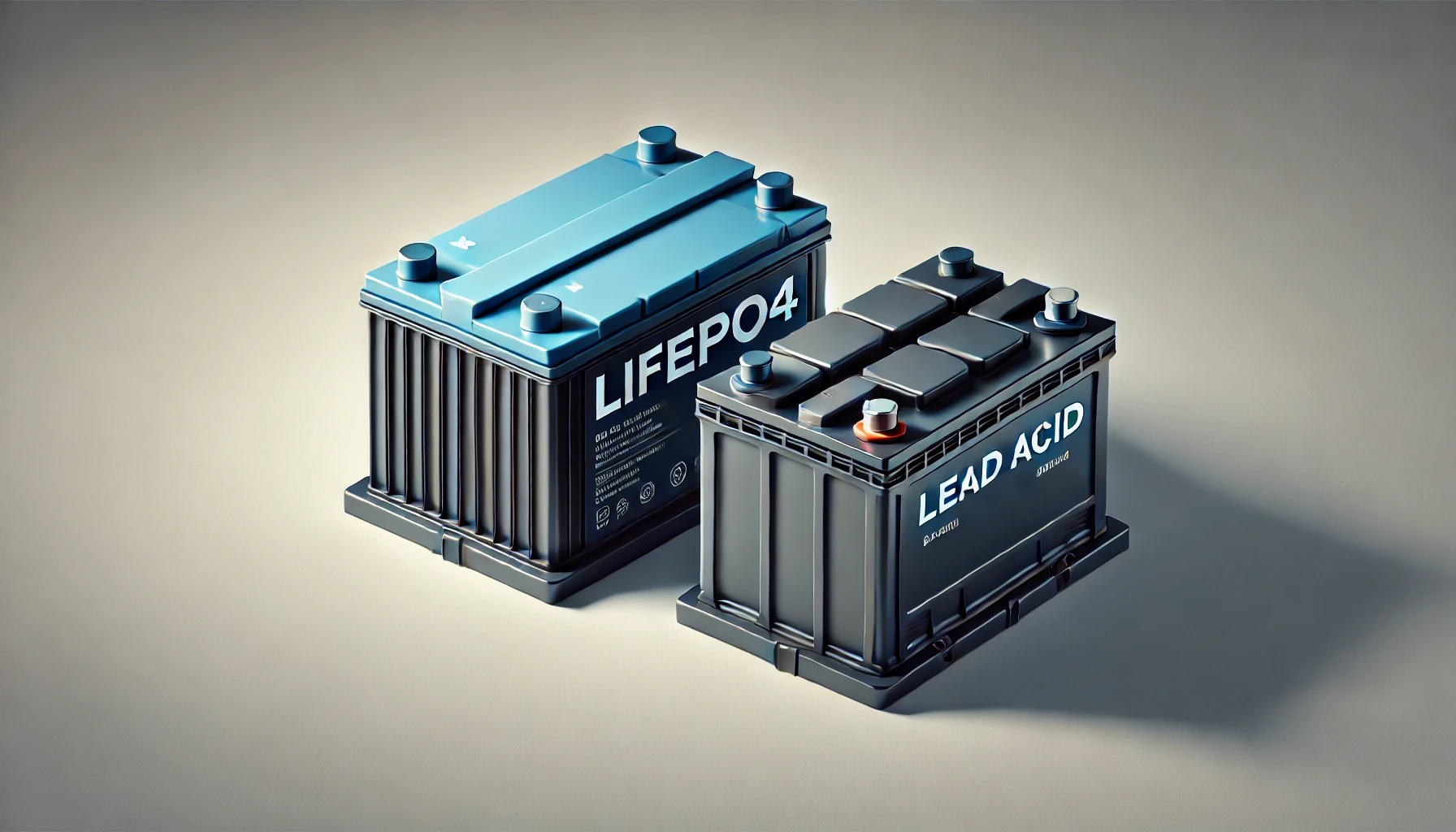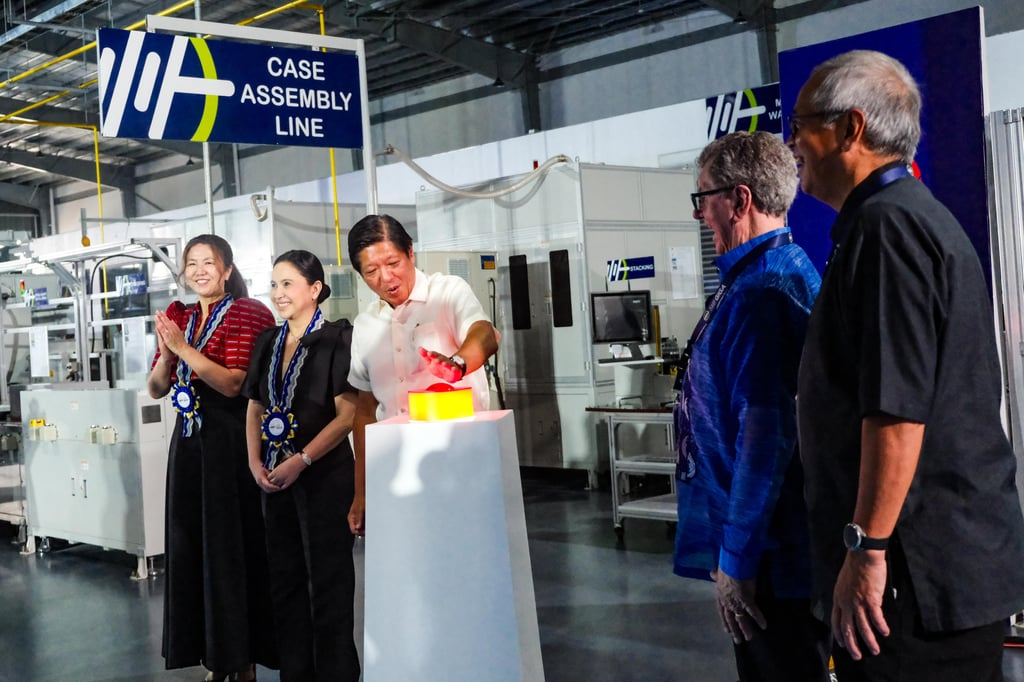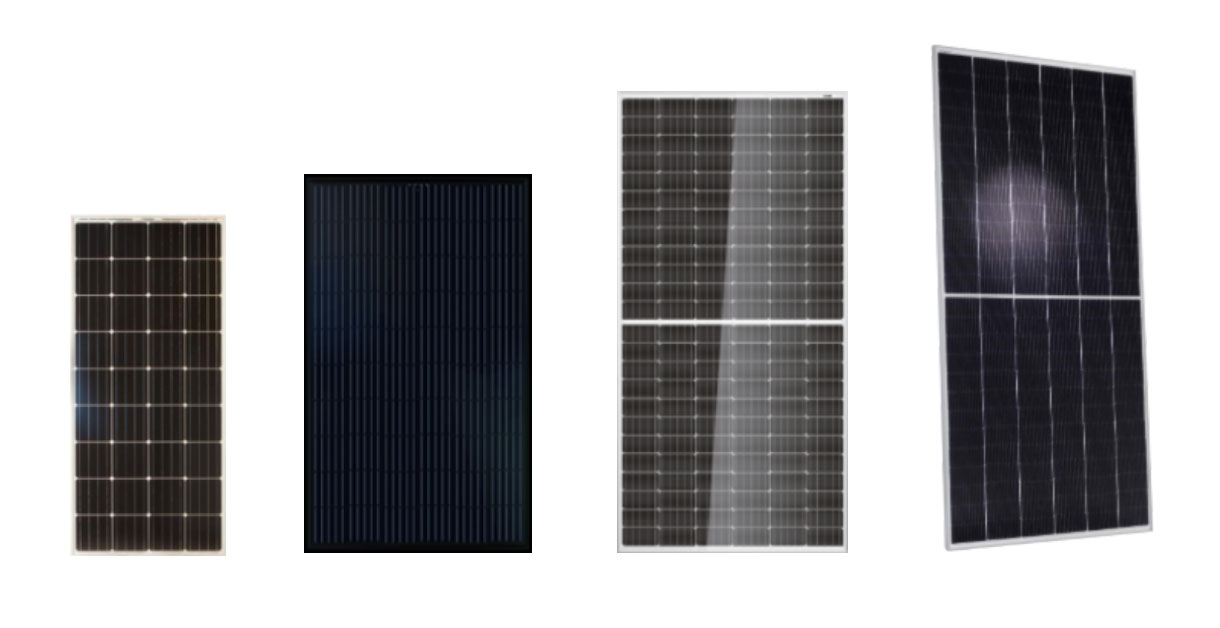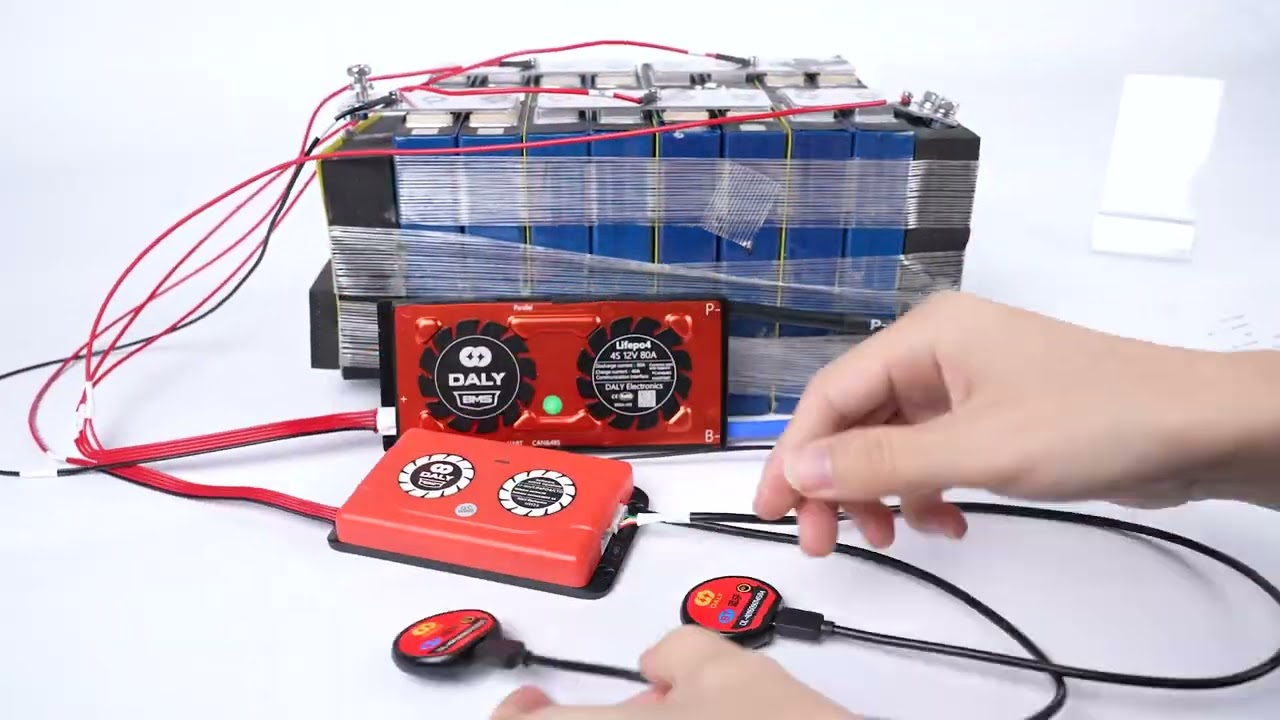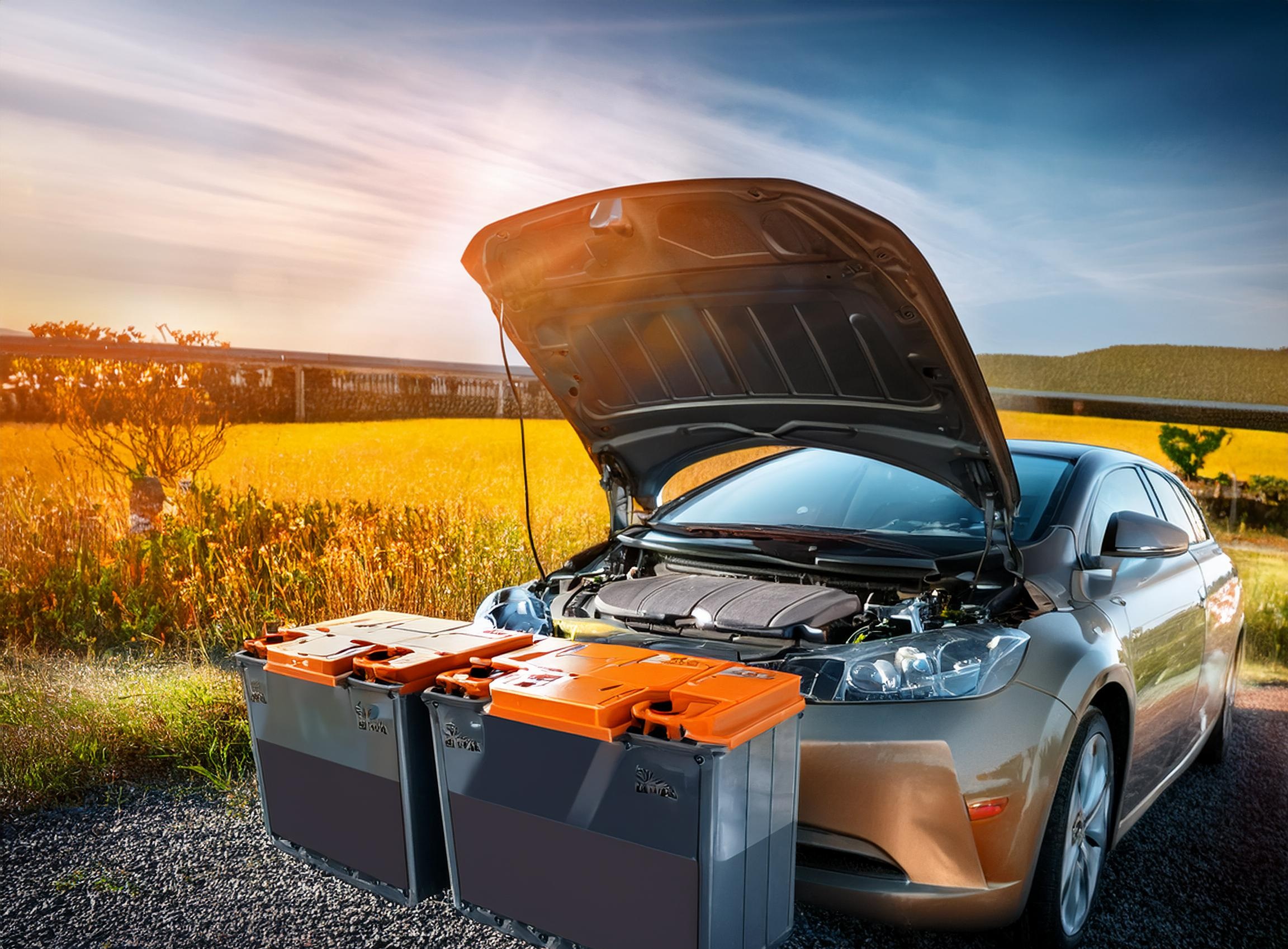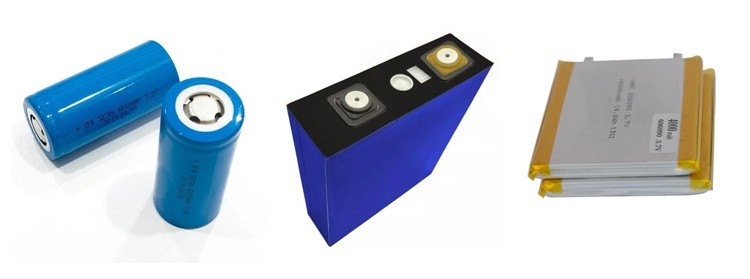Comparing LiFePO4 vs. Lead Acid Batteries
Batteries play a crucial role in powering various applications, from renewable energy storage to electric vehicles and portable electronics. Two of the most popular battery technologies are LiFePO4 (Lithium Iron Phosphate) and Lead Acid. Each has its unique strengths and weaknesses, making them suitable for different use cases. Let’s dive into a detailed comparison of these two battery types.
1. Energy Density
LiFePO4 Battery: LiFePO4 batteries have a much higher energy density compared to lead acid batteries. This means they can store more energy in a smaller and lighter package. For applications where space and weight are critical (like electric vehicles or portable devices), LiFePO4 batteries are the better choice.
Lead Acid Battery: Lead acid batteries are significantly bulkier and heavier for the same amount of energy storage. While they are cheaper upfront, they are not as space-efficient, making them less ideal for modern applications where compactness is essential.
2. Lifespan and Durability
LiFePO4 Battery: One of the most compelling advantages of LiFePO4 batteries is their long lifespan. These batteries can last up to 2000-5000 charge cycles, depending on the depth of discharge (DoD) and maintenance. This translates to 5 to 10 years of use, making them a long-term investment.
Lead Acid Battery: Lead acid batteries, in contrast, typically last around 300-500 charge cycles. They need more frequent replacement, which can lead to higher long-term costs, especially in high-use applications.
3. Charge/Discharge Efficiency
LiFePO4 Battery: These batteries are highly efficient in terms of charging and discharging. They can discharge up to 80-90% of their stored energy without significant degradation, and they recharge faster. This makes them ideal for applications that require quick energy replenishment and high usage frequency.
Lead Acid Battery: Lead acid batteries can only be discharged to around 50% before their lifespan begins to degrade. They also take longer to charge, making them less efficient for frequent use.
4. Maintenance
LiFePO4 Battery: LiFePO4 batteries are virtually maintenance-free. They do not require regular water refilling or cleaning to maintain performance, and they have a built-in battery management system (BMS) to prevent overcharging and overheating.
Lead Acid Battery: Lead acid batteries need regular maintenance, including checking electrolyte levels and topping up with distilled water. Poor maintenance can significantly shorten their lifespan.
5. Safety
LiFePO4 Battery: One of the safest lithium battery chemistries, LiFePO4 is known for its thermal and chemical stability. It has a lower risk of overheating, fire, or explosion compared to other lithium-based batteries. This makes it a safer option for home solar systems, RVs, and electric vehicles.
Lead Acid Battery: Lead acid batteries are also relatively safe, but they can emit hydrogen gas during charging, which can be dangerous if not properly ventilated. Additionally, the sulfuric acid inside poses a risk of chemical burns if the battery leaks.
6. Cost
LiFePO4 Battery: The upfront cost of LiFePO4 batteries is higher, but they are more cost-effective in the long run due to their longer lifespan, lower maintenance, and higher efficiency. For users looking for a long-term investment, the higher initial price can be justified by the savings over time.
Lead Acid Battery: Lead acid batteries are significantly cheaper upfront, making them an attractive option for applications with low usage or for users with a tight budget. However, the frequent need for replacement and maintenance can add to the total cost over time.
7. Environmental Impact
LiFePO4 Battery: LiFePO4 batteries are more environmentally friendly due to their longer lifespan, reducing the frequency of disposal and recycling. They also do not contain toxic heavy metals like lead and are fully recyclable.
Lead Acid Battery: Lead acid batteries are more hazardous to the environment due to the presence of lead and sulfuric acid, both of which can contaminate water and soil if not disposed of properly. However, lead acid batteries are one of the most recycled products in the world, with over 90% being recycled.
Conclusion: Which Battery Is Right for You?
The choice between LiFePO4 and lead acid batteries depends largely on your needs:
LiFePO4 batteries are ideal for applications where high energy density, long lifespan, and minimal maintenance are required. While the upfront cost is higher, they are more cost-effective over time, making them perfect for electric vehicles, renewable energy storage, and other modern energy-intensive applications.
Lead acid batteries, on the other hand, are suitable for lower-cost applications that do not require frequent cycling or high energy density. They are a tried-and-tested technology, often found in automotive batteries, backup power systems, and off-grid installations with a smaller budget.
For most modern applications, LiFePO4 is becoming the preferred choice due to its superior performance and safety. However, for low-cost, low-maintenance requirements, lead acid batteries still hold a place in the market.

